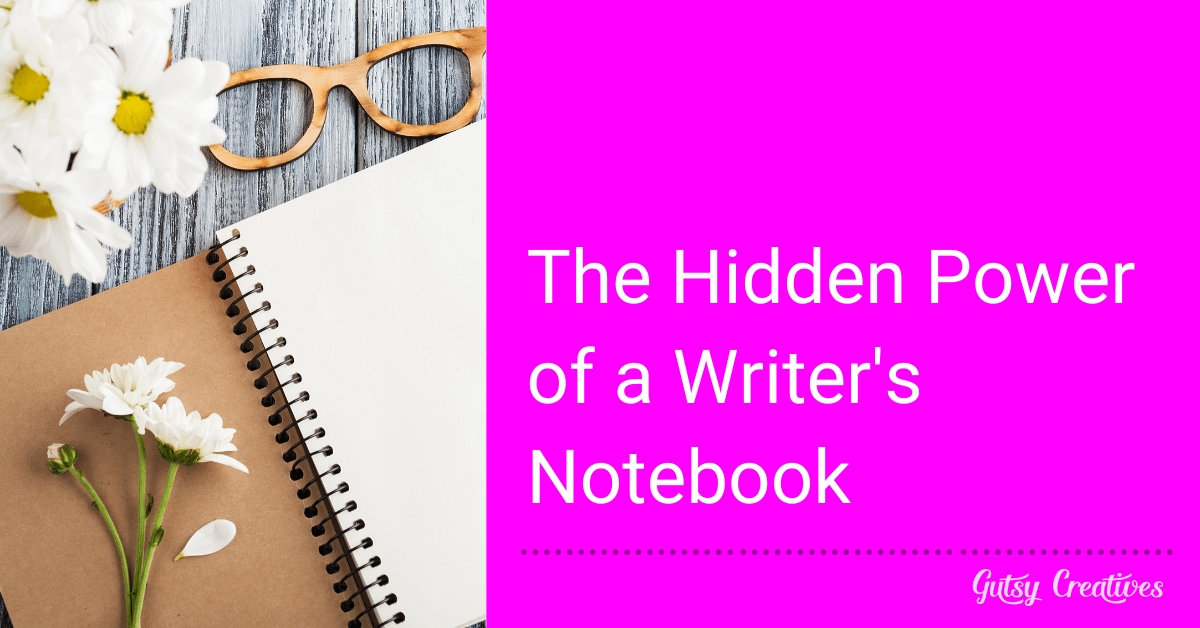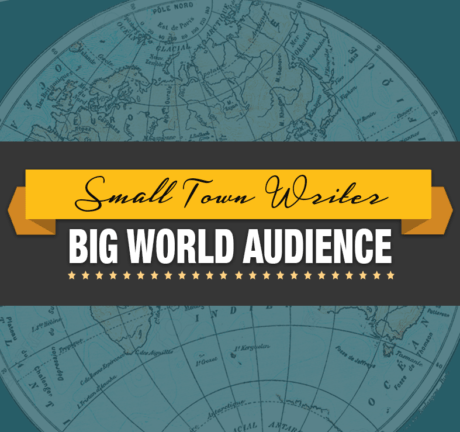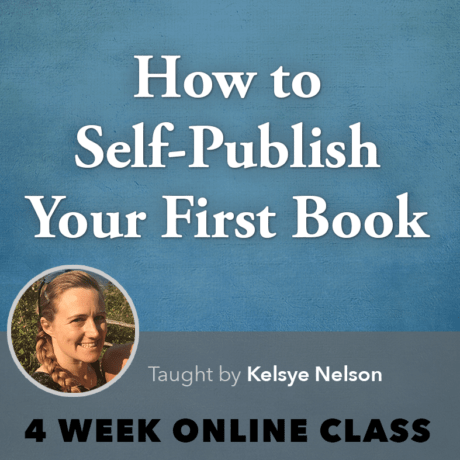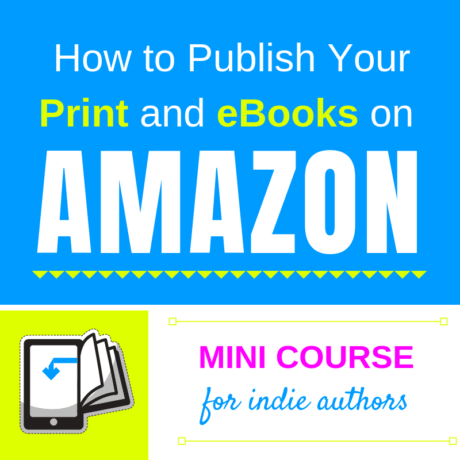

Notebooks are the most underappreciated tools we writers have. They snug discreetly in our pockets, packs and bags, put up with our daily abuse and accept our brain dumps without complaint.
What more could we ask for? Turns out, there’s more to a notebook than binding and pages.
Timeless literary masterpieces have been inspired by fleeting thoughts captured in notebooks. The British Library’s online archives of papers from Jane Austen, Thomas Hardy and Charles Dickens are all the proof one needs.
For J.K. Rowling, though, an air-flight sick bag was her best-ever impromptu paper surface. And of course, there’s the occasional emergency napkin or six. . .
But for most of us, growing up, there wasn’t a notebook better than this:
For serious writers, notebooks are the best convenient alternative. They inspire and help awaken the dormant communicator within us.
The British novelist Lawrence Norfolk refers to a notebook as “an act of triage on the world outside.” We couldn’t agree more. It is in our worldly observations that we find the spark that ignites creativity. It is in the most ordinary people we meet and places we frequent that we find meaning that calls to our soul.
But it’s a big world out there, literally littered with notebooks of all types and sizes. It’s easy to accept temptation and buy the first one that catches the eye. But remember, a notebook is not a diary or a journal. It needs to be dainty enough to be tucked into most bags, and voluminous enough to be used for months at a stretch. We also favor spiral notebooks as they make writing on both sides of each sheet much easier.
The wand may choose the wizard, but luckily (or unluckily), we get to choose our own notebooks. Or does the right one eventually choose us? Good luck!







0 responses on "Hidden Power in a Writer's Notebook"